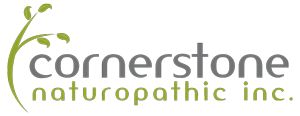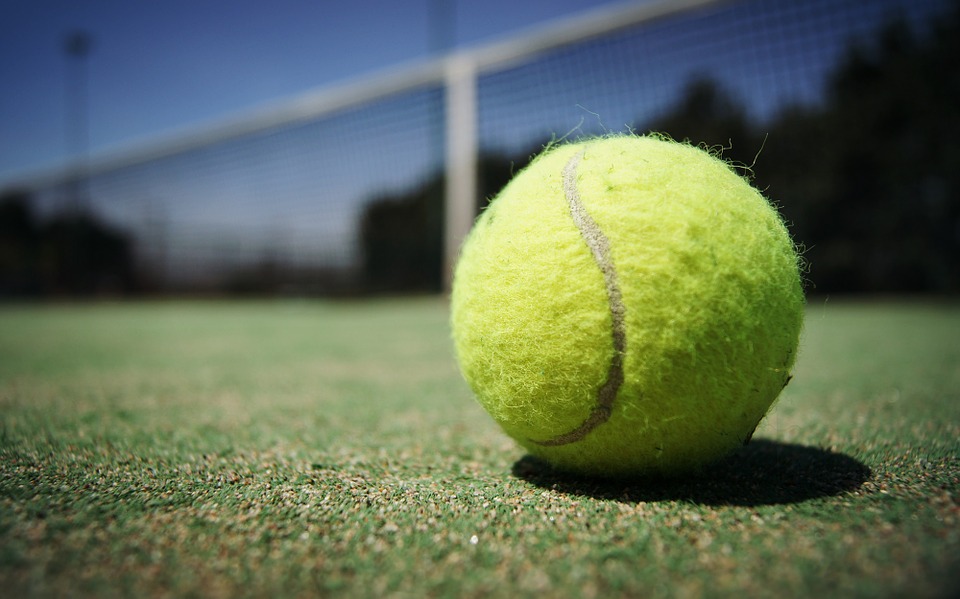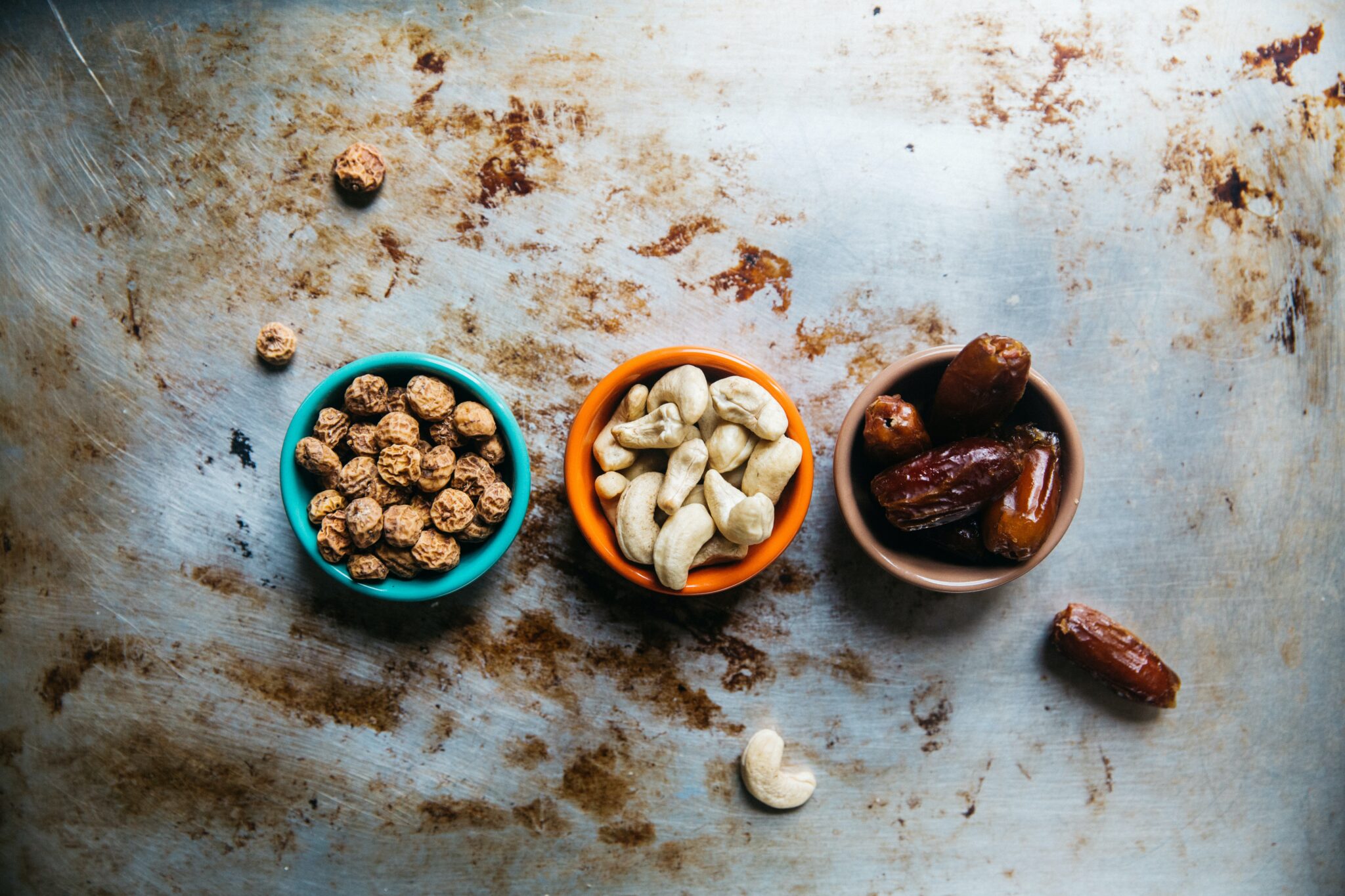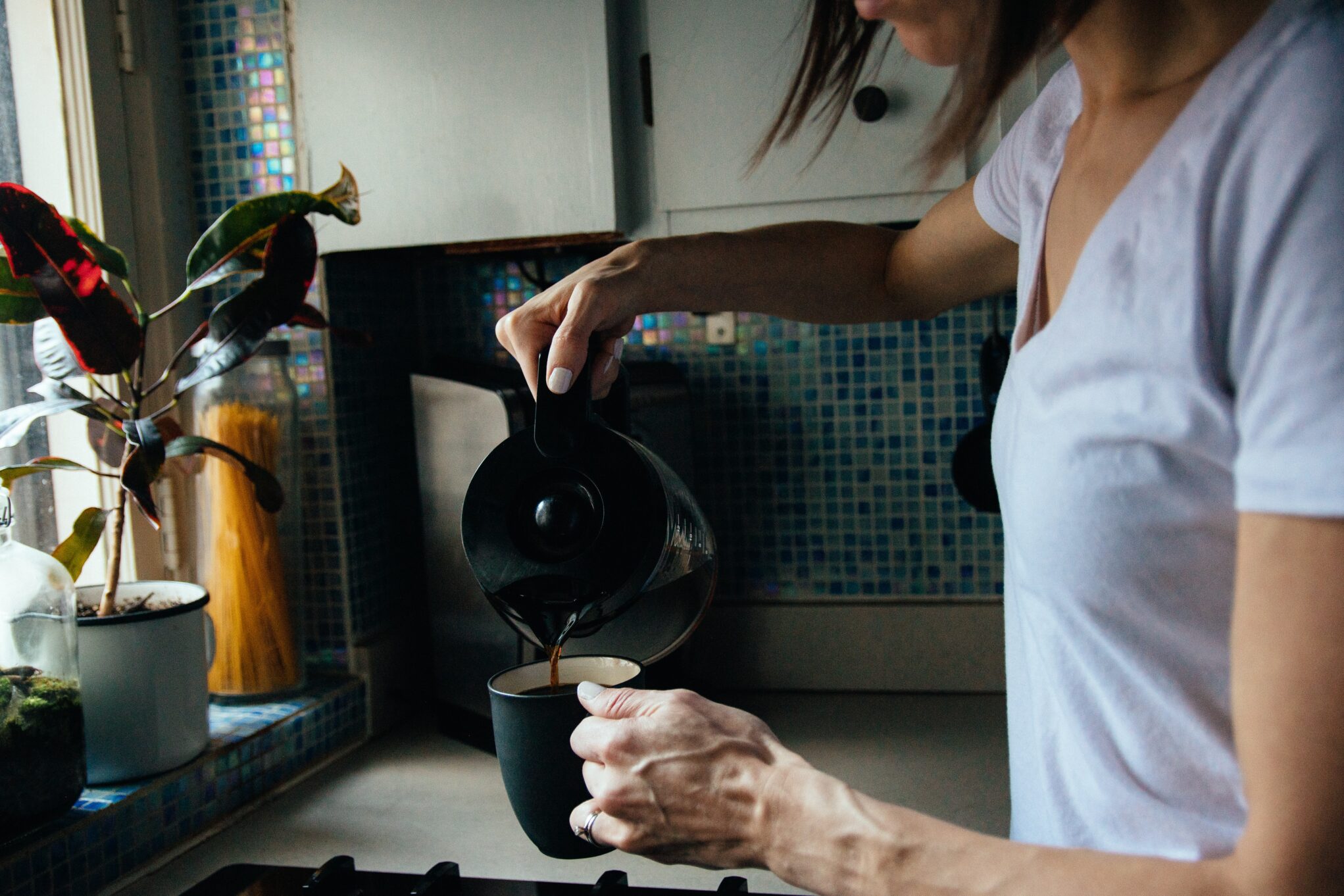Tendon injuries come in many different shapes and sizes. Damage to the muscles or tendons connected to your joints can cause stiffness and pain, and despite common naming schemes, is not exclusive to athletes by any measure. Ranging from inflammation to tears, the one thing these conditions have in common is being debilitative and slow to heal.
The relative longevity of tendon damage comes tied to the way your body naturally distributes reparative oxygen through blood vessels. The problem is that tendons don’t see, or generally require, a significant supply of blood vessels. When you compare their rate of cell production and repair to something like your skin, which is home to a multitude of blood vessels and therefore oxygen, it becomes clear why tendons take their sweet time repairing.
Historically, corticosteroid (anti-inflammatory medication) shots have been relied on to, if only temporarily, relieve pain. The problem with short-term remedies for significant muscle or tendon damage is that it doesn’t enhance repair, and may lead to a false sense of wellness that incurs further damage. At its core, naturopathic medicine has always sought to identify the root of an ailment as the starting point for an effective recovery regiment. In this case our starting point is a naturally slow distribution of blood vessels to our tendons, and the ideal solution is to inject to the site of injury.
Injections encourage growth factors that assist with healing, and provide a much-needed infusion of oxygen and repair assistance to parts of the body that typically go without. Though these injections are not an immediate remedy for acute pain, they are inherently a natural long-term solution for tennis elbow and tendon damage in general. When compared to anti-inflammatory treatments, research shows this is a beneficial treatment for lateral epicondylitits (tennis elbow).
Tennis Elbow is something that requires a multifaceted approach – and this is a key component to recovery.






